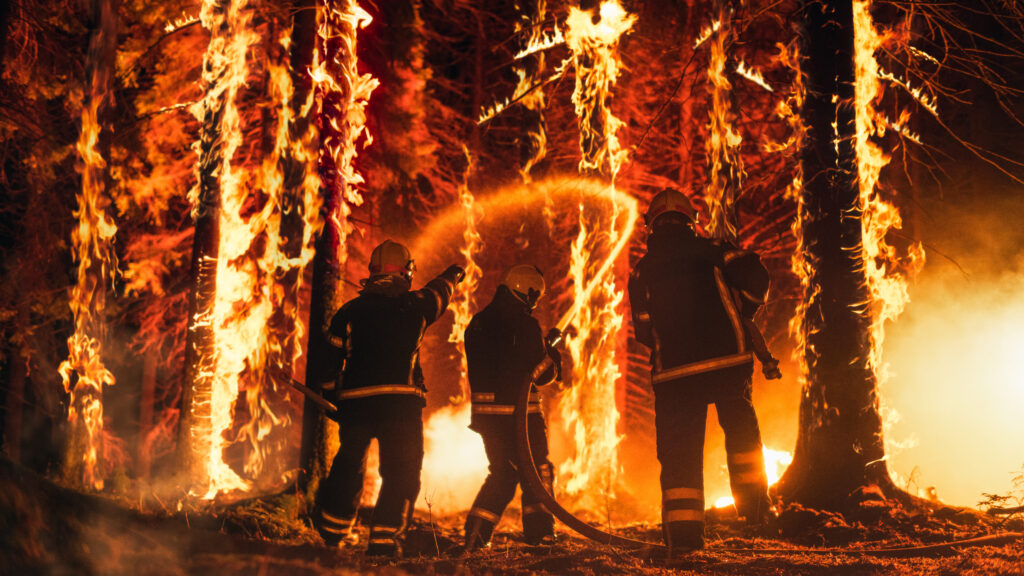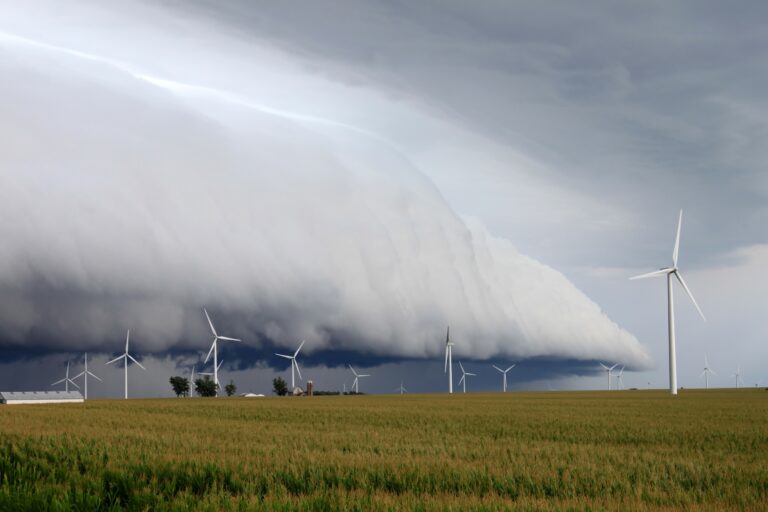The Role of Winds in Spreading the Fire
The Southern California wildfires have been exacerbated by a combination of extreme weather conditions, with high winds playing a pivotal role in the rapid spread of flames. Strong, dry winds known as the Santa Ana winds are a common occurrence in the region, and they have significantly increased the intensity and reach of the wildfires. These winds, which can gust up to 70 mph or more, push the flames across large areas, making it difficult for firefighters to contain the blaze. The winds also lower humidity levels, further drying out the vegetation and creating ideal conditions for the fires to grow out of control.
How Current Conditions Contribute to the Spread
In addition to the winds, ongoing drought conditions in Southern California have created a landscape that is especially vulnerable to wildfires. The dry vegetation, coupled with high temperatures and minimal rainfall, has turned forests and brushlands into tinderboxes. As the Santa Ana winds continue to fan the flames, embers are carried far from the initial point of ignition, starting new fires in remote areas. This makes it even more challenging for firefighting crews to contain the blazes. The combination of dry conditions, wind, and heat creates a perfect storm for fire spread, with little natural moisture to slow the fires down.
Current Status of the Wildfires
As of the latest update, several large wildfires are still burning across Southern California. The fires have already consumed thousands of acres of land, and containment efforts are ongoing. Firefighters from across the state and beyond have been deployed to the region to help battle the flames. In some areas, the wildfires have forced evacuations as a precautionary measure, with homes and businesses at risk. Despite the tireless work of emergency crews, the strong winds and difficult terrain are making firefighting efforts slow and dangerous.
Damage and Destruction Caused by the Fires
The destruction caused by the Southern California wildfires has been widespread, with significant damage reported in both urban and rural areas. Thousands of homes have been damaged or destroyed, and entire communities are facing devastation. The fires have also caused extensive damage to infrastructure, with power lines and utility poles downed by falling trees and fire-related damage. Emergency services continue to work around the clock to provide assistance to those affected, but the sheer scale of the disaster is overwhelming. The wildfires have also threatened wildlife habitats, and many animals have been displaced or killed in the flames.
Evacuations and Emergency Response
As the wildfires spread, local authorities have issued mandatory evacuations for thousands of residents in affected areas. Shelters have been set up in safer locations, and residents have been urged to stay informed about the latest developments. Emergency services are also working to protect critical infrastructure, including hospitals and fire stations, while simultaneously rescuing people from danger zones. In addition to firefighting efforts, officials are focused on providing immediate relief to displaced individuals, offering shelter, food, and medical care where needed.
A Look at the Long-Term Impact
While the fires are still ongoing, the long-term impact of the Southern California wildfires is already becoming apparent. In addition to the immediate damage to homes and property, the fires have disrupted the lives of thousands of people, with many facing long-term displacement. In the coming months, the focus will shift to recovery efforts, with rebuilding communities and providing mental health support for those affected becoming top priorities. The environmental impact is also significant, with charred land requiring restoration and many communities needing to adapt to a future where wildfires are an ever-present threat.
What Happened: A Recap of the Fires’ Origin and Spread
The fires in Southern California began in several different areas, with each fire igniting under similar conditions—extremely dry conditions, high winds, and intense heat. The combination of these weather factors created the perfect environment for the fires to grow rapidly, often outpacing firefighting efforts. As the fires moved from rural areas into more populated regions, the danger grew, and evacuations became necessary. Authorities have been working to coordinate efforts, but with the fires spread out over large areas, it has been difficult to stop the progression.
Firefighting Strategies and Challenges
Firefighters are using a combination of aerial firefighting and ground crews to battle the fires. Water-dropping helicopters and planes have been instrumental in slowing the spread of the fires, but the winds have made this a dangerous and difficult task. On the ground, firefighters are working to create firebreaks and prevent the flames from reaching more homes and infrastructure. However, the rough terrain and high winds have made it difficult to fully contain the fires, and the firefighting community is facing one of their most challenging battles in years.
What’s Being Done to Prevent Future Fires
As Southern California deals with these devastating wildfires, there is increasing focus on wildfire prevention strategies for the future. One major concern is addressing climate change and the role it plays in creating the conditions for such intense fires. Increased temperatures and longer periods of drought are expected to make wildfires more frequent and severe in the coming years. In response, local governments are looking at new approaches to fire prevention, including more controlled burns, better forest management, and improvements to building codes to protect homes from fire damage.
Looking Ahead: Recovery and Resilience
As the Southern California wildfires continue to rage, the focus will soon shift to recovery efforts. Rebuilding communities, restoring power, and providing mental health support to those affected by the fires will be critical in the aftermath of this disaster. While the fires are not yet fully contained, the spirit of resilience that the Southern California community is known for will no doubt play a crucial role in rebuilding in the years to come. With continued efforts to manage the land and mitigate the effects of climate change, the region will work towards a more fire-resistant future.


